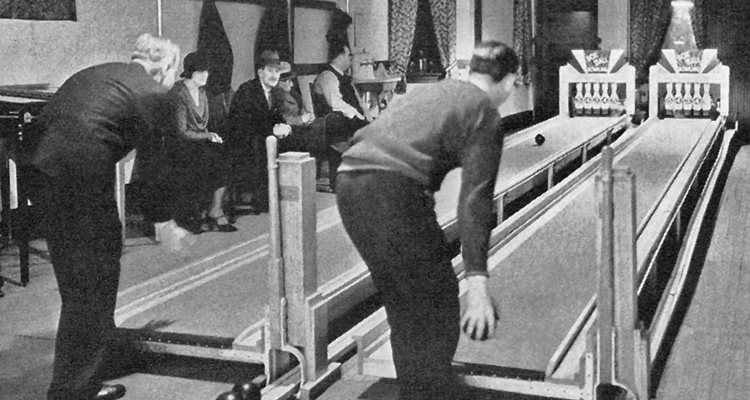The game of bowling has a long history, dating back as far as the Egyptians. A British anthropologist, Sir Flinders Petrie, discovered in the 1930’s a collection of objects in a child’s grave in Egypt that appeared to him to be used for a crude form of bowling. If he was correct, then evidence suggested that bowling dated back as far as 3200 BC. This makes the origin of bowling more than 5000 years old.

A German historian, William Pehle, claimed that bowling began in his country about 300 AD. In Germany of that time a form of bowling was played during festivals, where stones were thrown at nine wooden sticks, which were called ‘kegles’. Due to this fact bowlers in Germany are also known as ‘keglers’.
There are several different games that resemble modern bowling, there are ninepin variations in Europe and Petanque is popular in France. Bocce ball originates in Italy and is similar to British lawn bowling. Dutch and English immigrants each brought their version of bowling with them from their country’s to the United States also. In America, the very first mention of the word “bowling” is found in the book Rip Van Winkle, a famous story by Washington Irving, who gets woken up by the sound of “crashing ninepins” that was published during 1812.
- Lawn bowling debuts in America. By the mid to late 1800s, rules of the game were up for grabs, pushing toward a standardized game.
- Bowling made its television debut in the 1950s.
The sport of bowling has grown leaps and bounds from its humble carved beginnings and is still growing today.
Today, 95 million people in more than 90 countries worldwide enjoy the sport of bowling. Under the auspices of the Federation Nationale des Quilleurs (FIQ), bowling’s top athletes regularly compete in Olympic Zone and worldwide competitions.




Pingback: History of Bowling. | Sports Not Included In The Olympics